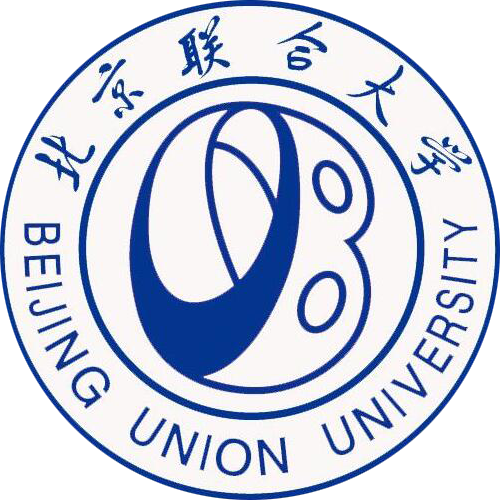详细信息
Poly(3-hydroxybutyrate-co-3-hydroxyvalerate) Production by Rhodospirillum rubrum Using a Two-Step Culture Strategy ( SCI-EXPANDED收录)
文献类型:期刊文献
英文题名:Poly(3-hydroxybutyrate-co-3-hydroxyvalerate) Production by Rhodospirillum rubrum Using a Two-Step Culture Strategy
作者:Liu, Jie[1,2,3];Zhao, Youxi[1];Diao, Mengjie[1];Wang, Wanqing[1];Hua, Wei[1];Wu, Shuang[1];Chen, Paul[2,3];Ruan, Roger[2,3];Cheng, Yanling[1,2,3]
第一作者:Liu, Jie
通讯作者:Cheng, YL[1];Cheng, YL[2];Cheng, YL[3]
机构:[1]Beijing Union Univ, Biochem Engn Coll, Beijing Key Lab Biomass Waste Resource Utilizat, Beijing 100023, Peoples R China;[2]Univ Minnesota, Ctr Biorefining, St Paul, MN 55108 USA;[3]Univ Minnesota, Dept Bioprod & Biosyst Engn, St Paul, MN 55108 USA
第一机构:北京联合大学生物化学工程学院
通讯机构:[1]corresponding author), Beijing Union Univ, Biochem Engn Coll, Beijing Key Lab Biomass Waste Resource Utilizat, Beijing 100023, Peoples R China;[2]corresponding author), Univ Minnesota, Ctr Biorefining, St Paul, MN 55108 USA;[3]corresponding author), Univ Minnesota, Dept Bioprod & Biosyst Engn, St Paul, MN 55108 USA.|[1141726]北京联合大学生物化学工程学院;[11417]北京联合大学;
年份:2019
卷号:2019
外文期刊名:JOURNAL OF CHEMISTRY
收录:;Scopus(收录号:2-s2.0-85071191039);WOS:【SCI-EXPANDED(收录号:WOS:000481927800001)】;
基金:This program was supported by Beijing Union University (Grant nos. BPHR2017CZ02 and KYDE40201704); Ministry of Science and Technology, China, "863 Plan" (Grant nos. 2015AA020202 and 2014AA022002); International Scientific and Technological Cooperation Program of China (Grant nos. 2015DFA60170 and 2014DFA61040); Beijing Municipal Education Commission (Grant no. KM201511417011); and General Project of Science and Technology Program of Beijing Education Committee (Grant no. 22139916080101-010).
语种:英文
摘要:Polyhydroxyalkanoates (PHAs) are microbially synthesized biopolyesters which have attracted great attentions as a new biological material, potential alternative to traditional fossil fuel-based plastic due to their biodegradability and biocompatibility. Poly-3-hydroxybutyrate (PHB) and poly-(3-hydroxybutyrate-co-3-hydroxyvalerate) (PHBV) are the most common members of PHAs. In this study, the nonsulfur and facultatively phototrophic bacterium Rhodospirillum rubrum was cultivated to accumulate PHA by a two-step culture strategy. Gas chromatography (GC), gas chromatography-mass spectrometry (GC-MS), and nuclear magnetic resonance spectroscopy (NMR) analyses showed that PHAs synthesized from fructose was PHBV, in which the 3HV content was 46.5 mol%, which means the better mechanical property. The molecular weight, distribution, and thermal features were characterized by gel permeation chromatography (GPC), differential scanning calorimeter (DSC), and thermo gravimetric analysis (TGA), respectively. The low PDI of 1.08 revealed the narrow and evenly molar mass distribution which shows the stable features. The high melting temperature and their other physical properties implied their potential applications. The traditional process of producing PHBV involves related carbon sources such as valeric acid. However, our study clearly described a new medium formula with fructose and a complete fermentation method to produce PHBV with a high 3HV faction and low molecular distribution.
参考文献:
![]() 正在载入数据...
正在载入数据...


